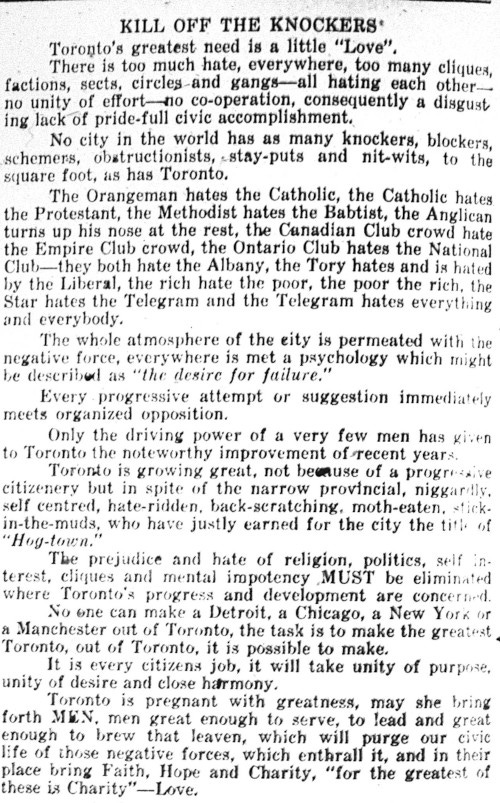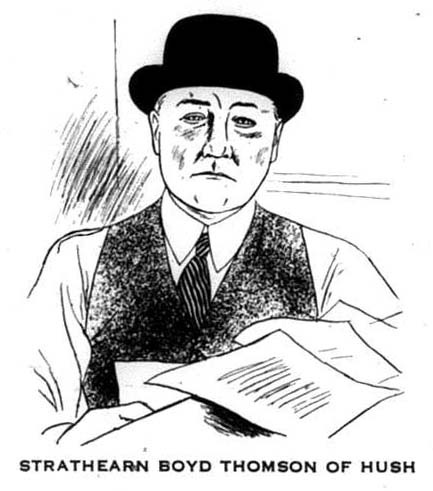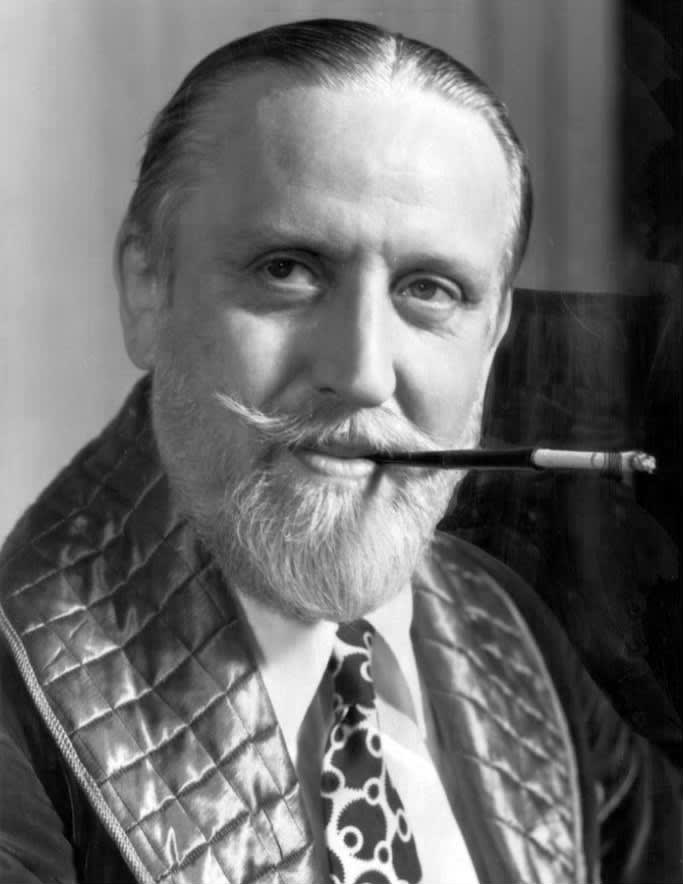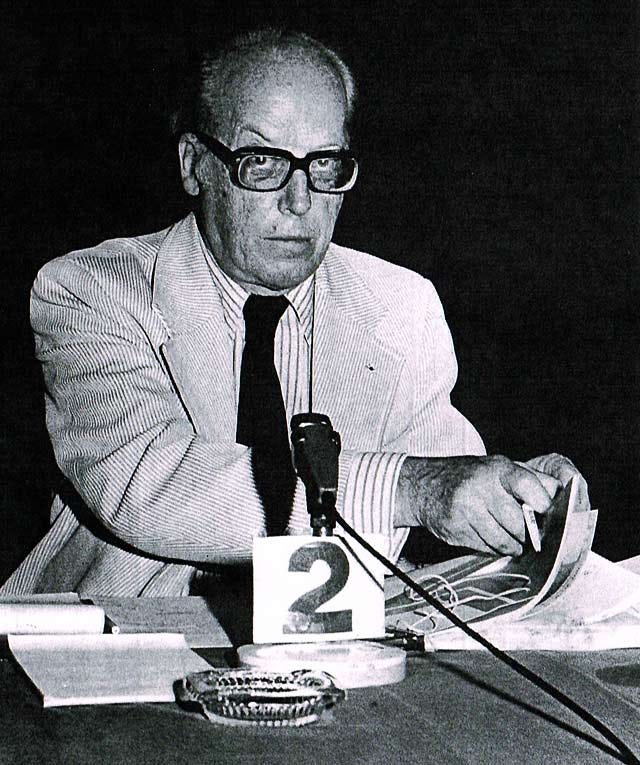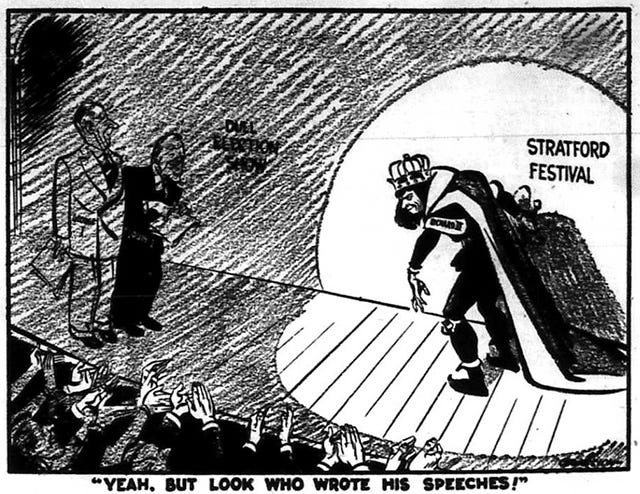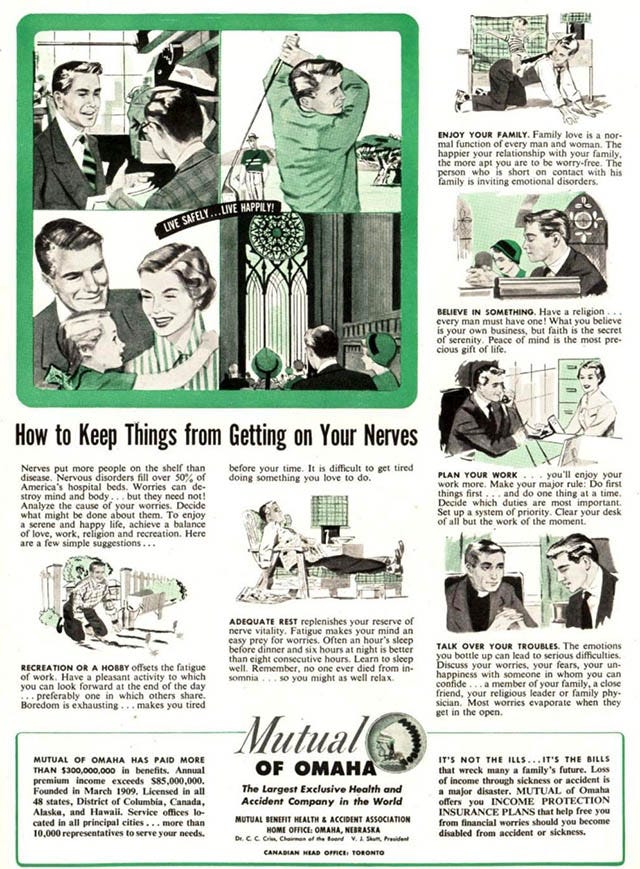5: Toronto Needs Love
Plus Stratford's Debut, Racist Immigration Laws, Newspaper Histories, and more
Toronto is a city that needs love.
It’s easy to list the problems the city faces - housing insecurity, hostile provincial government, NIMBYism, complacency, uninspiring corporate and political leadership, mental health issues, the lingering effects of the shock of the COVID era, shaky public transit, etc., etc. There are many days, despite the efforts of residents making a difference, where it’s easy to believe that Toronto’s soul has been sucked dry.
We're probably experiencing the cycles throughout Toronto's history alternating between enthusiasm for the possibilities of creating a better city and weary malaise. Since the Second World War, we've experienced the space age optimism of the 1960s, community building and the reform movement of the 1970s, the battle over the megacity and the effects of the Common Sense Revolution in the 1990s, the "Torontopia" days of the 2000s, and the sideshows and divisiveness of the Rob Ford era.
A cry for love is nothing new. Take this article from 1929, published just before the city faced the Great Depression.
Hush, May 23, 1929.
This call for love is based on a shopping list of the many clashes happening between Torontonians in the late 1920s. The groups may have changed, but we're still riddled with "knockers, blockers, schemers, obstructionists, and nit-wits."
***
It’s worth casting a cynical eye at the source of this call for love. Hush (“The Newspaper with a Heart”) was a muckraking weekly tabloid launched by Strathearn Boyd Thomson in November 1927. As his name might suggest, Thomson belonged to the upper strata of Toronto society, spending much of his time looking after his horses on his estate near Thornhill. He used Hush to criticize the hypocrisy of the upper class, alongside scandalous crime stories, saucy exposés and crusades against corruption. It gained national distribution, serving a readership that crossed class barriers. His obsessions included the internal politics of the Ontario Jockey Club, stock tips, and criticism of the moral rearmament movement. Thomson published Hush through 1937, then it was periodically revived by other publishers through the early 1970s.
City Lights, March 1935.
Within a month of this piece being published, Thomson got into a fist fight at Thorncliffe Racetrack (whose site is now the Thorncliffe Park neighbourhood) with several prominent local equestrian officials and an American racehorse owner. Thomson suffered injuries to his back, nose, and scalp, and claimed he was kicked in the groin. Harry B. Johnson, a director on the Royal Winter Fair’s horse committee, was convicted of assault and fined $300, while other assailants were acquitted. Thomson blamed the incident on criticism of the Ontario Jockey Club he published in Hush.
Hush published many cringe-inducing articles on topics such as eugenics (which it supported) and lesbianism (which it believed was a symptom of upper-class decadence). Yet its pieces on the “daughters of Lesbia” or “hell witches” provide one of the few windows into queer life in Toronto in the late 1920s and early 1930s.
You might say Hush’s heart was a selective one.
***
Back in the present, can Toronto feel loved again? The recent mayoral by-election felt like a potential corner-turner in terms of swinging the city out of its stasis. Whether Olivia Chow can lead us back toward a better vision of the city or, more importantly, inspire others to combat those working to crush Toronto and continue to sap its soul remains to be seen.
Recent Work
Time, July 27, 1953.
This week marked the 70th anniversary of the debut of the Stratford Festival. For TVO, I looked at its opening night, including critical reaction to its productions of Richard III and All’s Well That Ends Well.
Time pointed out that Alec Guinness’s King of France in All’s Well bore a resemblance to Monty Woolley as Sheridan Whiteside in The Man Who Came to Dinner. You be the judge.
This was a fun story to work on, especially sifting through some of the unflattering pre-festival coverage in the Stratford Beacon-Herald (the editorial criticizing Richard III for being unwholesome was hilarious, as was Robertson Davies’s rebuttal). I wondered if, beyond the importance to farmers, some animosity was at play when the paper elevated a headline about cheese pricing issues over the festival’s opening night. It was also interesting to see that there were almost as many images of children attending summer church camps as there were festival pics.
Thankfully, the festival had major cheerleaders elsewhere, including the most powerful drama critic in North America, the New York Times’s Brooks Atkinson. Closer to home, one of its biggest boosters was Globe and Mail columnist/critic Herbert Whittaker (shown above), whose career I looked at on Tales of Toronto.
Also for TVO, I examined the 100th anniversary of the horribly racist Chinese Immigration Act of 1923. Not among the prouder moments in Canadian history.
Two more parts of my series on defunct Toronto newspapers are available, covering the stories of The Empire and The Mail and Empire. More will appear every Saturday over the summer. The feedback on reviving these pieces has been inspiring.
In the Works
Currently working on several entries for the Canadian Encyclopedia, including one on this nurse who, after returning to Toronto from studying midwifery in Ohio, was among the founders of Mount Sinai Hospital, where she dedicated decades of service as a director, fundraiser, and occasional medical instrument sterilizer.
Who is she? Stay tuned…
From the Cutting Room Floor
The debut of the Stratford Festival coincided with a federal election campaign. 1953 is not regarded among the most exciting elections in Canadian history, as Liberal “Uncle Louis” St. Laurent defeated Progressive Conservative George Drew in a rematch of their battle four years earlier. This cartoon from the July 17, 1953 edition of the Telegram shows how a touch of Richard III could have enlivened the campaign.
Curio Collection
Time, March 27, 1950.
Lately I’ve been scrolling through old Time magazines via the Internet Archive. Among the finds is this Mutual of Omaha ad offering mid-century advice on how to prevent things from getting on your nerves. A few might be adjusted or questioned today. Had run a decade-and-a-half later, it probably would have plugged Mutual of Omaha’s Wild Kingdom as another method of relaxation.
Hire Me

Looking for a writer/researcher/editor for your latest project? I am always taking on new work. Beyond my historical niche, which often leads in surprising directions, I’m looking to expand my horizons and explore new ways to utilize my skills. I am interested in working on general projects in the corporate, educational, and non-profit sectors where clear communication is a must. Privately message me at jamiebradburnwriting[AT]gmail.com if I can assist you.
***
That’s it for this edition - see you next time!





